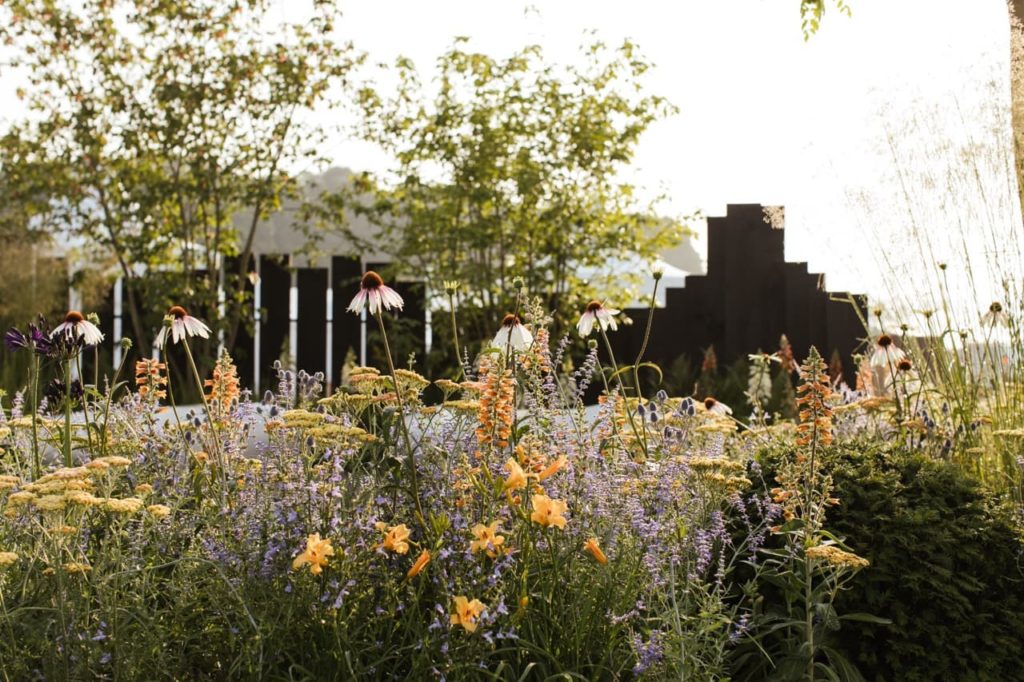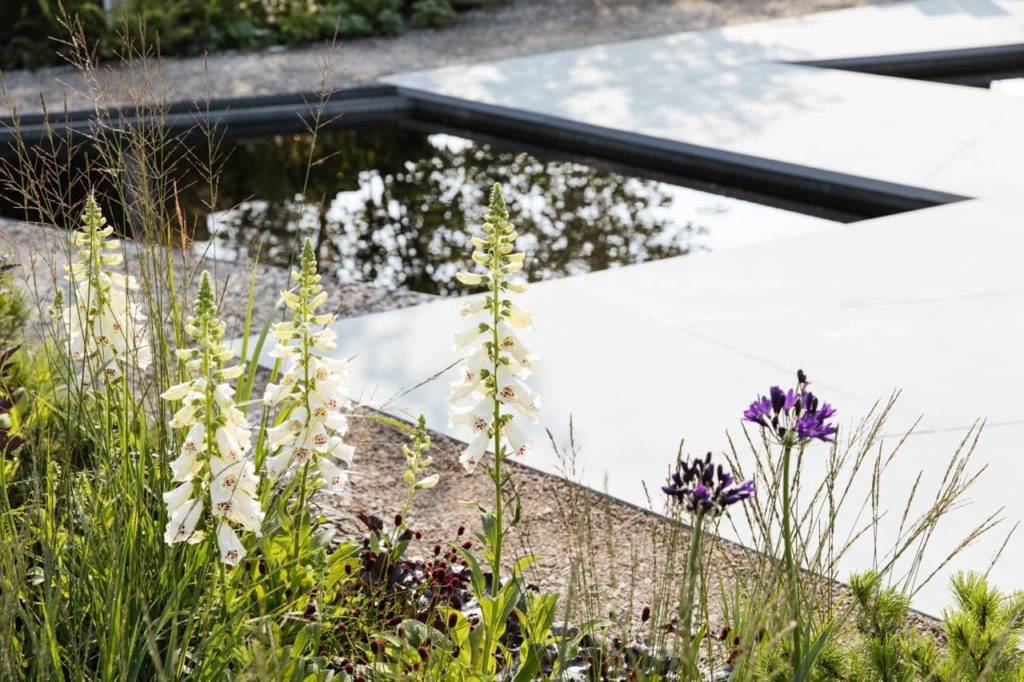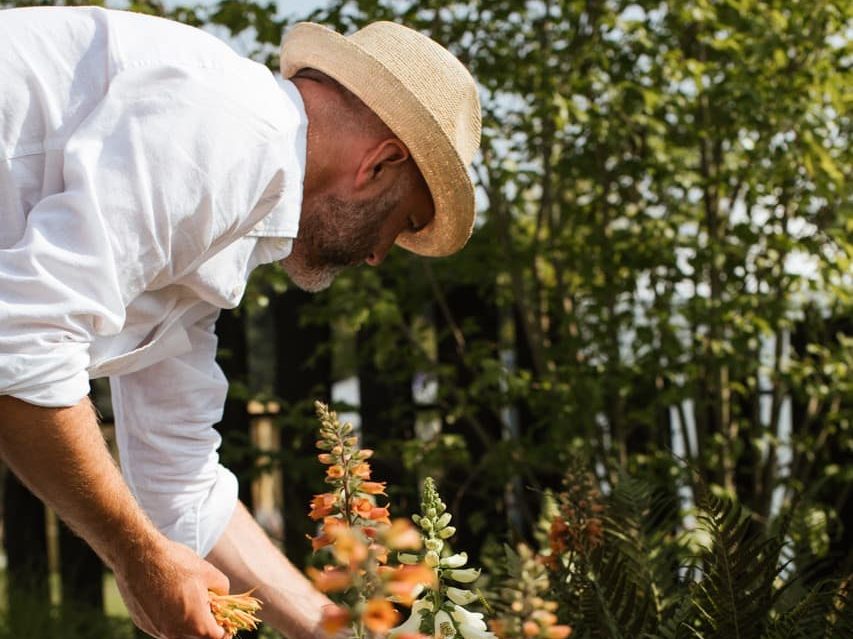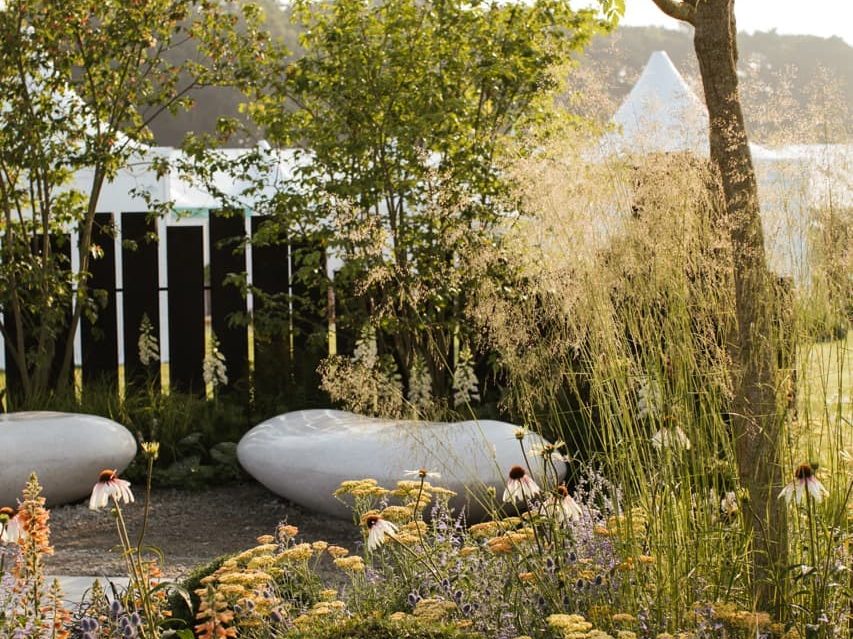RHS Gold-Medalist Rob Hardy On The Lesser-Spoken Challenges In Garden Design

Contributions From ROB HARDY

Rob Hardy is a Garden Designer based in Harrogate. After studying Horticulture at Askham Bryan, Rob completed a degree in Garden Design with the Northern School of Gardening. Establishing his own practice in 2016, Rob now has over 20 years' professional experience. His awards include an RHS Gold Medal and Best in Show and he is a member of the Society of Garden Designers.
Rob Hardy is an RHS Award-Winning Garden Designer who has established himself as one of the best in the business.
With 20 years of experience in the industry, Rob is now based in Harrogate and works on projects across Yorkshire and beyond.
We delve into the details of Rob’s Fine Art background, the lesser-spoken challenges with a career in garden design and the projects he is the most excited about in the future.
Please note that the images used in this article have been provided with permission from Rob Hardy and Joanne Crawford.
How did your background in Fine Art influence your approach to garden design?
“My first degree in Fine Art gave me an important grounding in colour, form and mark making,” shares Rob.
“I learnt about structure, shape and how to make the space between objects as important as the objects themselves.

“It was a helpful apprenticeship in aesthetics and one which has given me practical skills which I use every day in my design process. I still sketch with pencil and paper before moving to the computer and find that my best breakthroughs often come when I go back to those artistic basics.”
What inspired you to pursue a career in garden design and horticulture?
“I feel very lucky to be pursuing a creative career doing something that I love,” he explains.
“Until I retrained in horticulture and garden design, I’d been working in project and operations management. When the opportunity to make a radical career move presented itself, I jumped at the chance. I wanted to do something creative that involved being outdoors.
“My Dad’s career as a gardener, as well as childhood days spent at our family allotment or digging my first pond, gave me an early taste for gardens and the joy they bring. Pursuing a career in garden design in many ways was about going back to my roots.
“In my teenage years I completed two weeks of work experience in the Forestry Department on Harewood House Estate, where I played my part in planting some of the large trees that are now standing tall. Many years later, and our design studio stands in the same grounds.”
Can you share the story behind your favourite RHS Gold Medal-winning design?
“The [key] theme for our Macmillan Legacy Garden was ‘Legacy’; a simple concept that I was honoured to bring to life on behalf of Macmillan at RHS Tatton Park.
“The brief was to create a space to illustrate the incredible support that Macmillan provides for people who are living with a cancer diagnosis. This challenging journey was illustrated by a twisted pathway which cuts through the centre of the garden.

“The planting scheme was initially jagged, dark and brooding, becoming more vibrant, then calming around the seating area. A reflective pool dominated the scheme; a natural place to pause and reflect.
“Three large sculptural monoliths represented how one-third of Macmillan’s income comes from gifts in wills. The show garden aimed to raise awareness of this vital service and encourage more of us to leave a gift in our will to Macmillan Support, so that they can continue this good work.
“We were delighted when the garden was awarded a Gold Medal and achieved a Best in Show, too. It was a real honour to promote Macmillan’s work with our design and bring much-needed attention to this excellent charity.”
What does a typical day look like for you as a garden designer?
“We’ve recently relocated our studio to the grounds of Harewood House, on the outskirts of Leeds, so my day starts with a drive through the deer park,” Rob states.
“It’s an inspiring landscape to work in. A typical day often involves a bit of everything. Liaising with clients, discussing ideas for concept plans with my team of talented designers, finalising a planting scheme or focusing on the details of a masterplan.
“We work with a select team of associates for services like surveying, digital visualisations and landscaping services so I spend a lot of time engaging with them to bring our designs to life. It is varied, busy and challenging but I love it.”
What are some of the biggest challenges you face in garden design and how do you overcome them?
“Gardens are constantly evolving – they are living, breathing organisms which change over time. Whilst many might consider the garden to be ‘finished’ when all the hard landscaping has been completed and the planting scheme implemented, it’s only just the beginning.

“It might seem back to front to some people, but during our very first consultation with our clients, we talk about how the garden is going to be maintained once our landscapers have packed up and gone.
“You might say that we start at the end and work backwards. We feel this is so important because we can ascertain right from the beginning how our gardens are going to develop and how we can support our clients to care, maintain and develop their gardens for the future.
“All our clients receive a maintenance schedule as a matter of course, helping them and their gardeners to make the most of their new space.”
What are your top tips for beginners who are looking to start their own garden?
“There’s often a temptation to jump straight in and put pen to paper, but we always encourage our clients to step back a bit before they do that,” shares Rob.
“Instead, we like to sit with our clients and form a brief. We write it down so that we can refer to it in future. How do you want it to look, what do you want to use it for? What features do we want to highlight, which views might we want to hide? Think ahead – you’re not creating a garden just for now, but for years to come.
“Another important consideration is your palette and the space that you’ve got to play with. Look carefully at the conditions in your garden and the type of property, and try to work with what you have got by creating a garden to complement your home, rather than shoehorning a radical design into the space, which will feel out of place.
“We also like to start thinking about who is going to build the garden, and then maintain it afterwards. If you’re thinking about building the garden yourself, you may be more comfortable using certain materials.”
Are there any specific projects that you are looking forward to in the future?
“We have a range of projects on our drawing boards at present, from delightful family gardens to the expansive grounds of listed Country Halls,” he says.

“We are working on an exciting landscape scheme currently for a conversion and development project, alongside an architect, where the focus is on harmonising the built and the natural landscape.
“The importance of repurposing land to garden landscape in this way resonates with us as a studio, whilst simultaneously benefitting our clients with an immediate connection to nature.”

